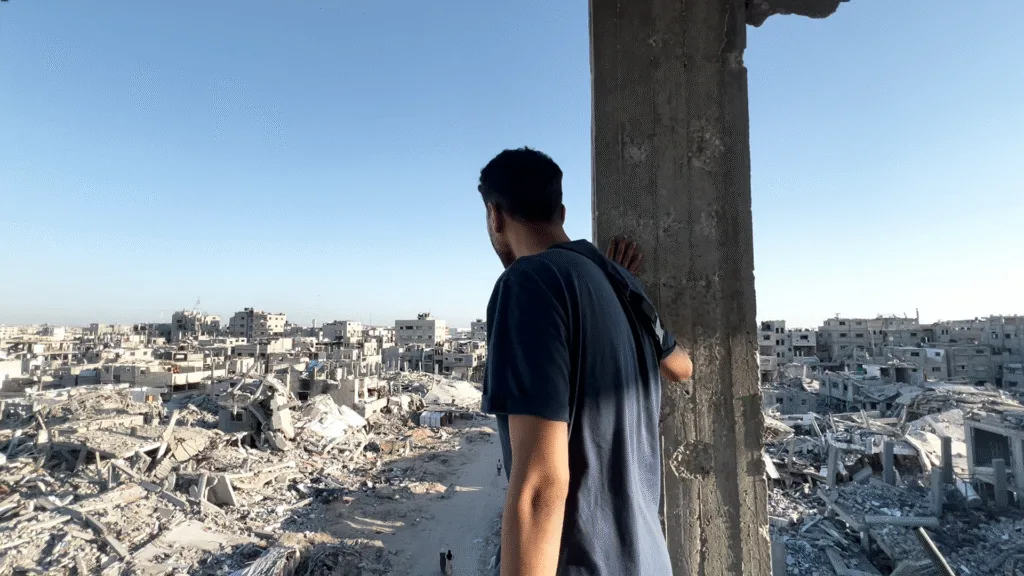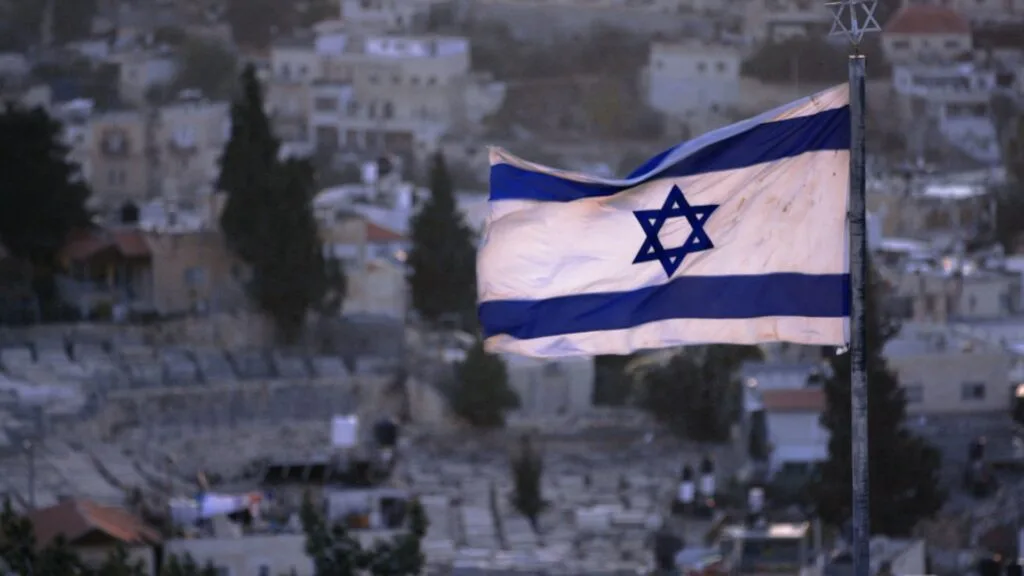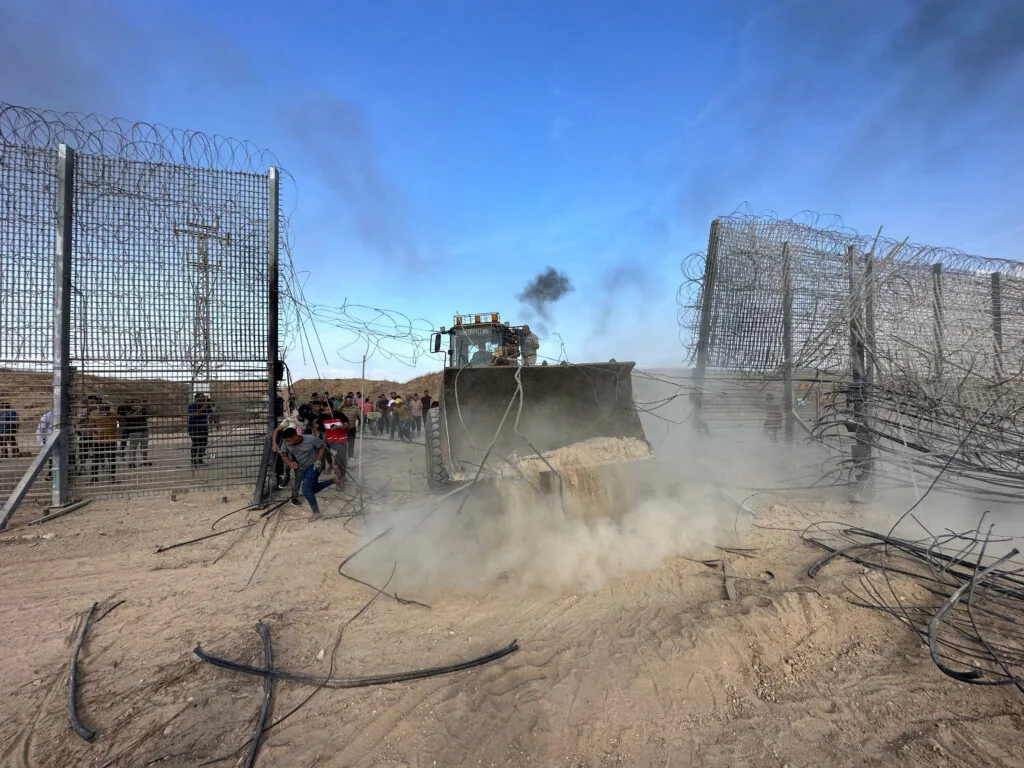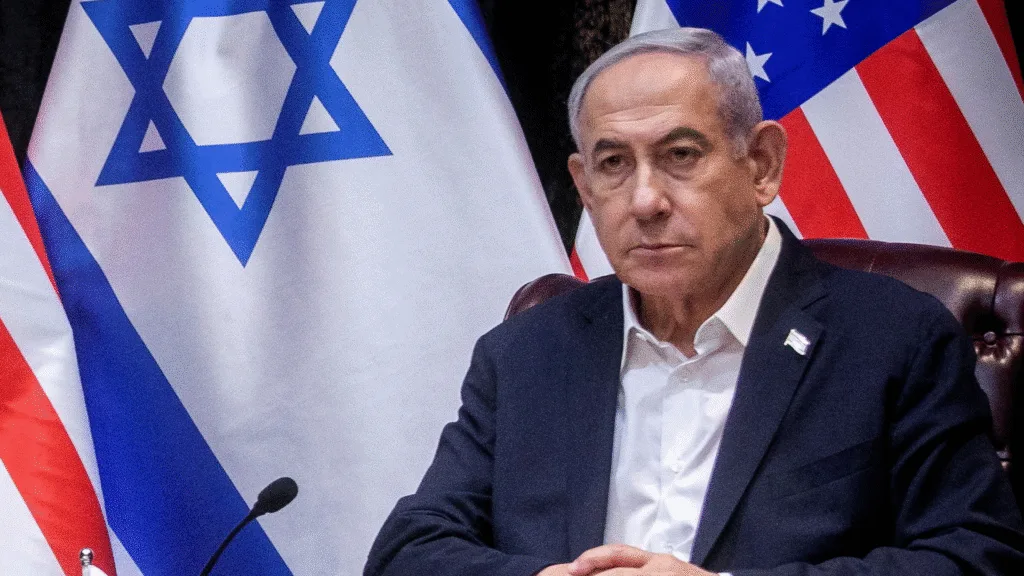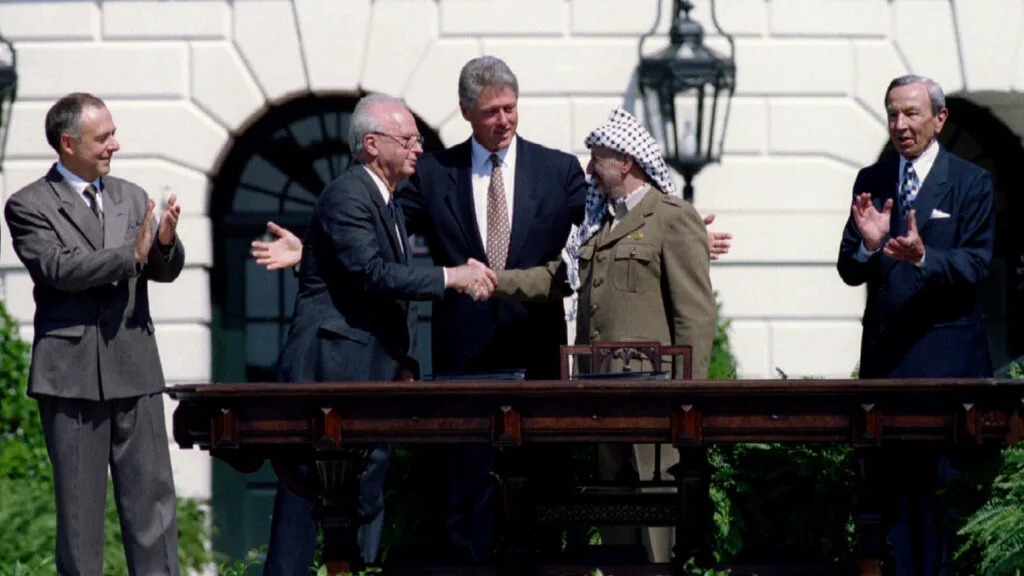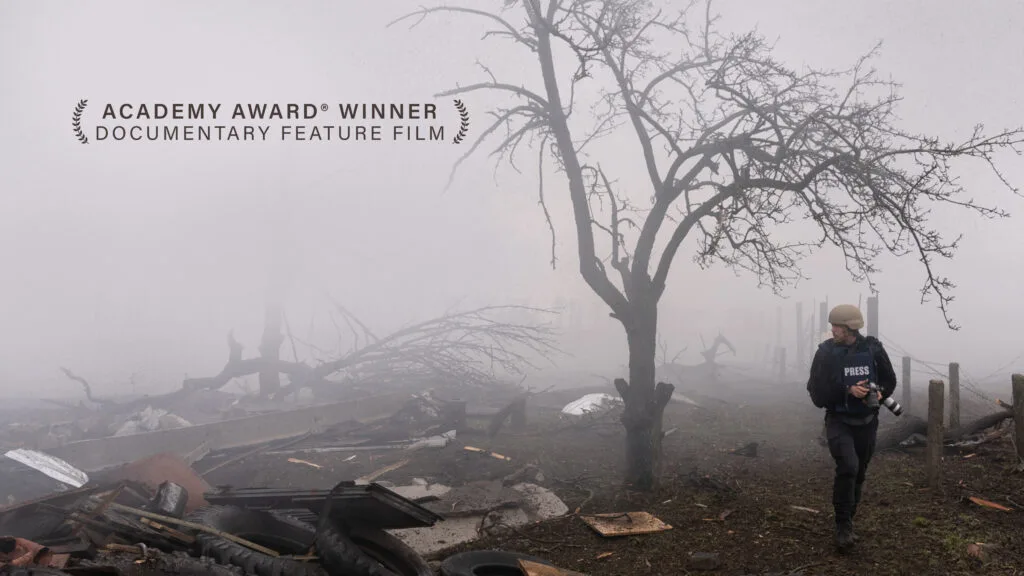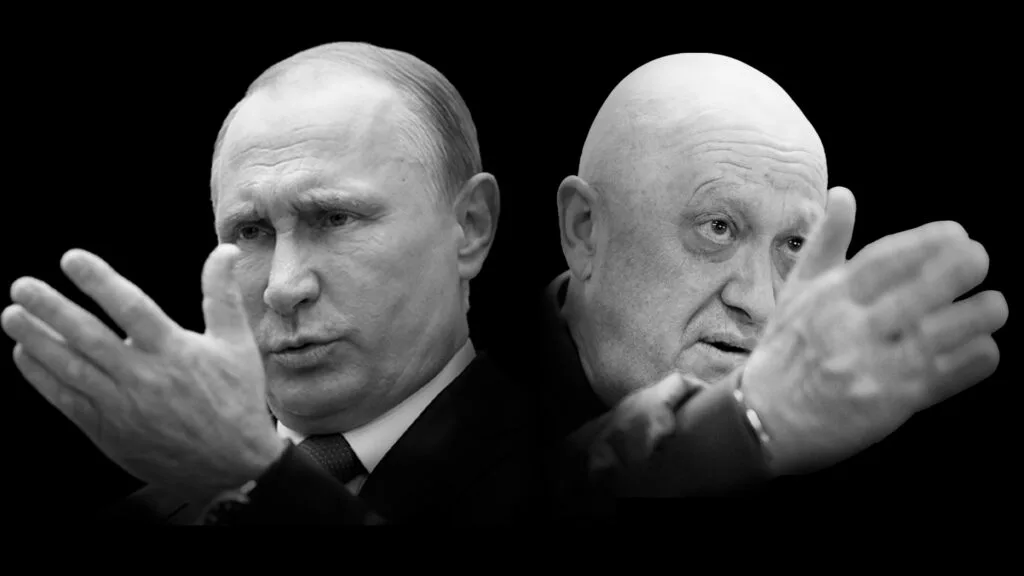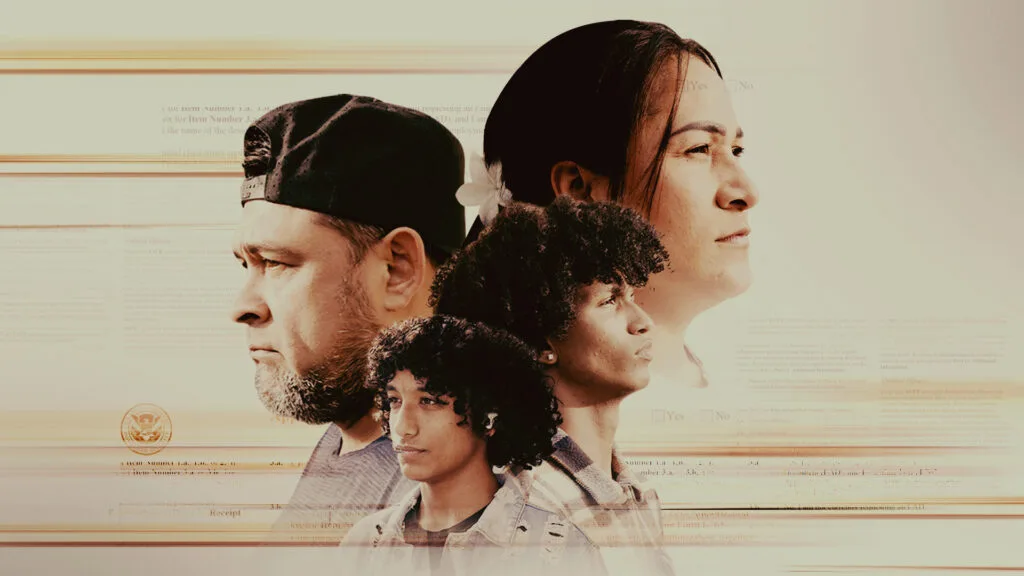Will Syrian Truce Hold?
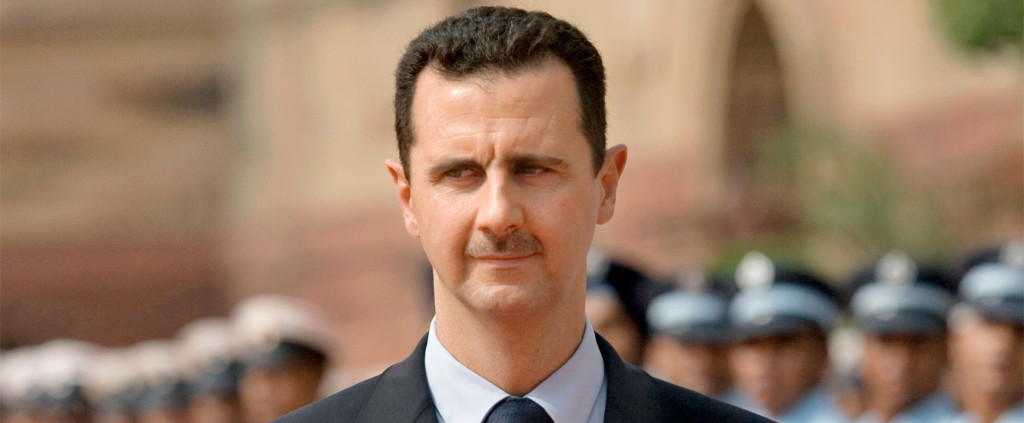
April 12, 2012
Share
Despite apprehensions in the lead-up to yesterday’s deadline, a tenuous ceasefire agreement brokered by U.N. envoy Kofi Annan took effect in Syria this morning.
The deal requires that the Syrian Army cease using heavy weapons and begin drawing down its military presence in and around population centers. It also calls for a daily two-hour pause to ensure timely humanitarian assistance. Because it has the support of staunch Syrian allies, including Russia, China and Iran, observers say this truce is the last real chance for a diplomatic solution to the crisis.
“I am encouraged by reports that the situation in Syria is relatively quiet and that the cessation of hostilities appears to be holding,” Annan said in a statement this morning. “Syria is apparently experiencing a rare moment of calm on the ground.” He added that U.N. Secretary General Ban Ki-moon will ask the Security Council to approve sending an observer mission to the country as soon as possible.
Though there have not been reports of heavy shelling, there have been accusations on both sides of violations of the truce.
Syrian state media reported that one army officer was killed and 24 soldiers and “a number of civilians” were wounded by an explosive device that targeted a military bus in the city of Aleppo. The attack reportedly took place two hours after the ceasefire began.
Meanwhile, the Syrian National Council (SNC), a high-profile opposition group, says that heavy weapons and government troops are still deployed in cities.
“There is no evidence of a significant withdrawal,” SNC spokeswoman Basma Kodmani said from Geneva.”To us it is clear that ceasefire implied withdrawal of all heavy weaponry from cities, populated areas. This has not happened.”
The opposition has encouraged peaceful protests on Friday to test the government’s willingness to adhere to the truce. “Tomorrow, like every Friday, the Syrian people are called to demonstrate even more and put the regime in front of its responsibilities — put the international community in front of its responsibilities,” SNC head Burhan Ghalioun said.
Earlier this month, Syria’s U.N. Ambassador Bashar Ja’afari hinted at a loophole in the agreement, which he says does not require the withdrawal of police forces.
If the current truce holds, it would be the first time the government has upheld a proposed ceasefire agreement since the Syrian uprising broke out more than a year ago.
Early last November, Syrian President Bashar al-Assad agreed to a deal proposed by the Arab League that is similar to the Annan plan and included a pledge to withdraw armored vehicles from the streets, release detainees and allow international observers into the country. On the same day that President Assad agreed to the truce, there were reports of continuing violence in Homs. After Syria failed to adhere to the agreement and refused an observer mission to the country, the Arab League voted to suspend Syria’s membership.
Though the Arab League eventually sent a monitoring mission into the country in December, the program failed earlier this year as dozens of monitors quit the mission, citing frustrations with the escalating violence and arguing that the truce only allowed President Assad to buy more time to crack down on the opposition.
The U.N. estimates more than 9,000 civilians have been killed since the uprising began.
Bonus: Photos: Faces of Syrians Fleeing Violence
Nearly 25,000 Syrians have fled to Turkey, seeking shelter in eight refugee camps along its border. WIRED published these photos today showing what life is like in one of those camps in Reyhanli.
Related Documentaries
Latest Documentaries
Related Stories
Related Stories
Policies
Teacher Center
Funding for FRONTLINE is provided through the support of PBS viewers and by the Corporation for Public Broadcasting. Additional funding is provided by the Abrams Foundation; Park Foundation; the John D. and Catherine T. MacArthur Foundation; and the FRONTLINE Journalism Fund with major support from Jon and Jo Ann Hagler on behalf of the Jon L. Hagler Foundation, and additional support from Koo and Patricia Yuen. FRONTLINE is a registered trademark of WGBH Educational Foundation. Web Site Copyright ©1995-2025 WGBH Educational Foundation. PBS is a 501(c)(3) not-for-profit organization.



